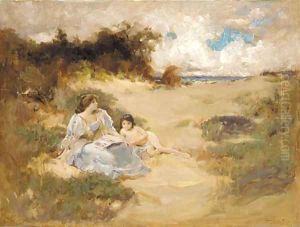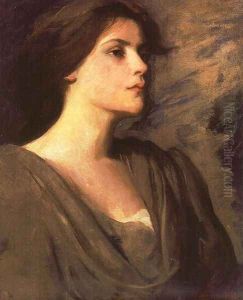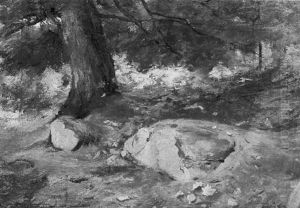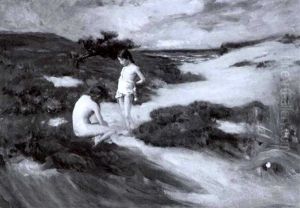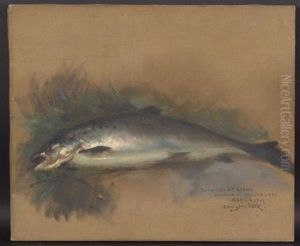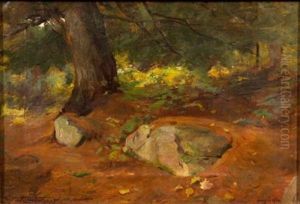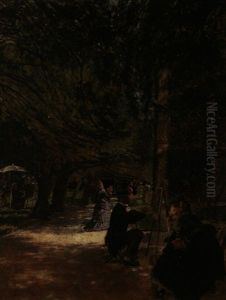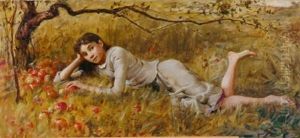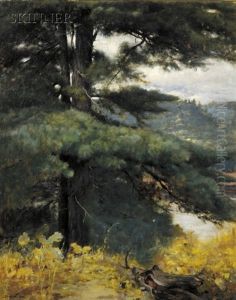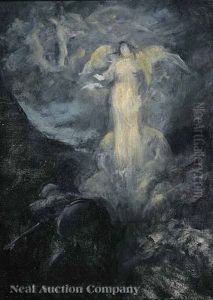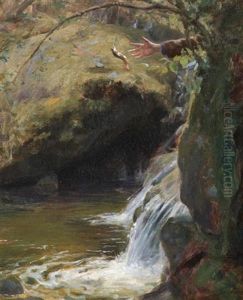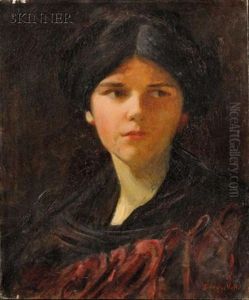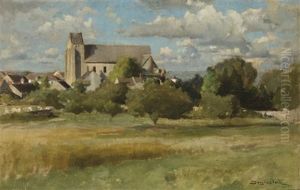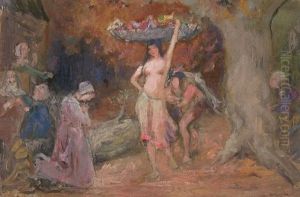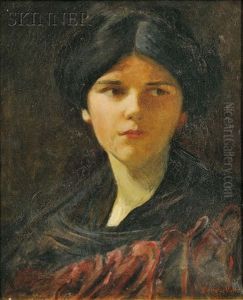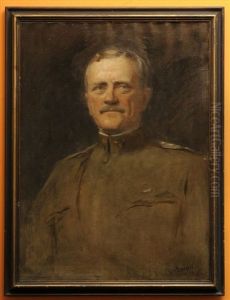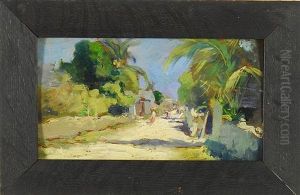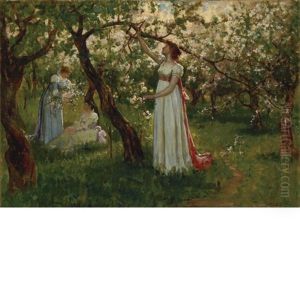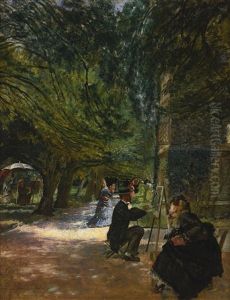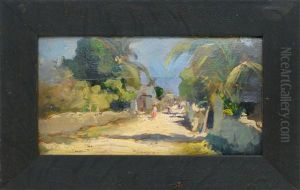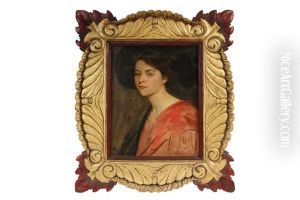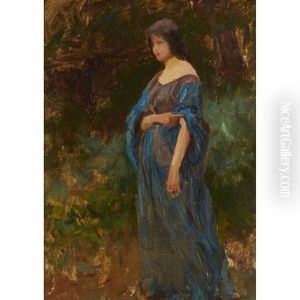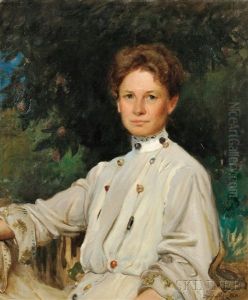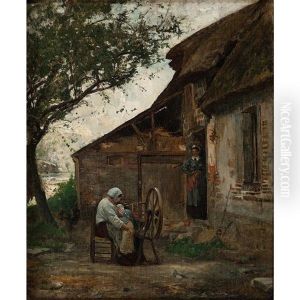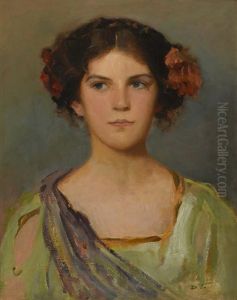Douglas Volk Paintings
Douglas Volk was an American artist, known for his portraits and figure paintings, born on February 23, 1856, in Pittsfield, Massachusetts. He was the son of the renowned sculptor Leonard Wells Volk, which exposed him to the world of art from an early age. This environment nurtured his talents, leading him to pursue a career in art. Volk's early education in art took place in the United States, but his quest for further knowledge led him to Paris, where he studied under Jean-Léon Gérôme, a prominent French painter and teacher known for his role in the academic art movement. This training was instrumental in shaping Volk's classical approach to art, emphasizing precise technique and historical themes.
After his studies in Paris, Volk returned to the United States, where he embarked on a successful career as a painter. His works included portraits, genre scenes, and historical paintings. One of his most famous works is the series of paintings of Abraham Lincoln, which gained him significant recognition and praise. These paintings were celebrated for their depth of emotion and realism, showcasing Volk's skill in capturing the essence of his subjects. His interest in Lincoln was perhaps influenced by his father, who had taken a life mask of the president in 1860.
Throughout his career, Douglas Volk was an active member of the American art community. He co-founded the Minneapolis School of Fine Arts, serving as its first president and playing a pivotal role in the development of art education in the Midwest. Volk was also a member of the National Academy of Design in New York, reflecting his status within the American art establishment.
Volk's contributions to American art were not limited to his paintings. He was deeply involved in the arts community, advocating for the importance of art education and contributing to the establishment of standards within the art world. His efforts were recognized with numerous awards and honors throughout his career.
Douglas Volk passed away on February 7, 1935, in New York City. His legacy is preserved in the collections of major museums and galleries across the United States, including the Smithsonian American Art Museum and the Metropolitan Museum of Art. Volk's work remains a testament to his technical skill, emotional depth, and dedication to the development of American art.
